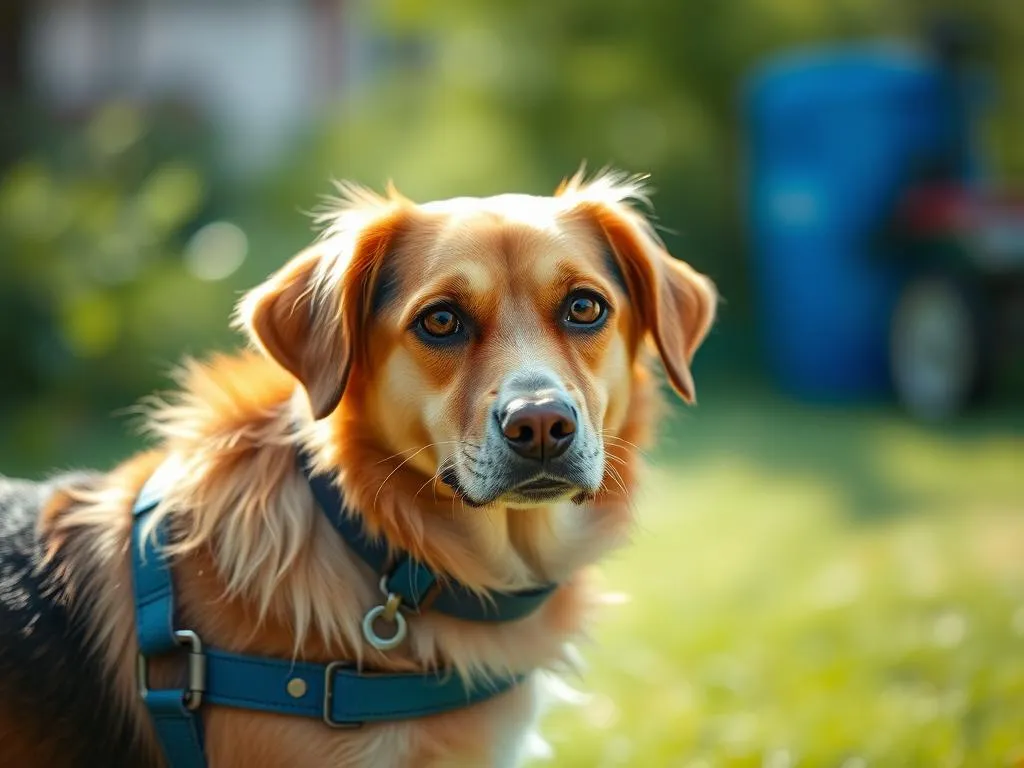
The importance of dog health care cannot be overstated, particularly when it comes to vaccinations. One of the most critical vaccinations for dogs is the rabies vaccine, as rabies is a serious disease that poses significant health risks not only to dogs but also to humans. Understanding how often dogs need rabies shots is essential for every pet owner to ensure the health and safety of their furry friends and the community at large.
Understanding Rabies
What is Rabies?
Rabies is a viral infection that affects the central nervous system of mammals, including dogs. It is caused by the rabies virus and is primarily transmitted through the bite of an infected animal. The virus can also be spread through saliva, making it crucial for pet owners to understand the risks involved.
Symptoms of rabies in dogs can be alarming and include behavioral changes such as aggression, fearfulness, and extreme lethargy. As the disease progresses, it can lead to paralysis, seizures, and ultimately death. This makes rabies not just a health concern for dogs but also a potential threat to humans, as rabies is a zoonotic disease—meaning it can be transmitted from animals to humans.
Importance of Rabies Vaccination
Vaccination against rabies is vital for multiple reasons. First and foremost, it protects your dog from this often-fatal disease. Additionally, rabies vaccination is a legal requirement in many areas, as unvaccinated dogs can pose a public health risk. When a significant portion of the dog population is vaccinated, it contributes to herd immunity, protecting both pets and humans from outbreaks.
Rabies Vaccination Schedule
Initial Vaccination
The initial rabies vaccination is typically given when a dog is between 12 to 16 weeks old. This timing is crucial because puppies are generally protected by maternal antibodies for the first few weeks of life, but this immunity wanes, making them susceptible to infections. Adhering to local laws regarding the timing of vaccinations is also essential, as many jurisdictions have specific age requirements for the first rabies shot.
Booster Shots
After the initial vaccination, the dog will require booster shots. The typical schedule involves administering a booster shot one year after the initial vaccination. Following this, the frequency of subsequent boosters can vary based on local regulations and the type of vaccine used. Generally, dogs may need a rabies booster every 1 to 3 years. Factors that influence vaccination frequency include local regulations and the dog’s health status.
Factors Influencing Vaccination Frequency
Local Regulations and Laws
The laws surrounding rabies vaccinations can vary significantly from one state or country to another. Some areas may require annual vaccinations, while others may allow for a 3-year interval between shots. It is essential for pet owners to check local ordinances to ensure they comply with the legal requirements regarding rabies vaccinations.
Dog Health and Lifestyle
The health status of your dog can also affect vaccination schedules. Dogs that are immunocompromised or have certain medical conditions may require a different vaccination approach. In such cases, it is critical to consult with a veterinarian to develop a tailored vaccination plan that considers the dog’s overall health and lifestyle.
Type of Rabies Vaccine Used
There are different types of rabies vaccines available, including 1-year and 3-year vaccines. These vaccines differ in their formulation and efficacy duration. Pet owners should discuss with their veterinarian which type of vaccine is appropriate for their dog and whether the choice might impact vaccination frequency.
Common Myths About Rabies Vaccination
Myth: Vaccinations are Dangerous
One common misconception is that vaccinations can pose serious health risks to pets. While some dogs may experience mild side effects such as swelling at the injection site or temporary lethargy, serious complications are extremely rare. It is essential for pet owners to discuss any concerns with their veterinarian, who can provide evidence-based information about the safety and importance of vaccinations.
Myth: Indoor Dogs Don’t Need Vaccination
Another myth is that indoor dogs do not need rabies vaccinations. This misconception can be dangerous, as all dogs, regardless of their living situation, are at risk of exposure to rabies. Even indoor dogs can come into contact with wildlife or other animals that might be carrying the virus. Therefore, it is crucial for all dogs to receive their rabies vaccinations as per the recommended schedule.
Role of the Veterinarian
Importance of Regular Vet Visits
Regular visits to the veterinarian are essential for monitoring your dog’s health and vaccination schedule. Veterinarians can provide recommendations tailored to your dog’s individual needs, ensuring that they remain up-to-date on their rabies vaccinations. Regular check-ups also allow for early detection of potential health issues and provide an opportunity for pet owners to ask questions about vaccinations.
What to Discuss with Your Veterinarian
When visiting the veterinarian, pet owners should feel empowered to ask questions regarding rabies vaccinations. Inquire about the recommended vaccination schedule, any potential side effects, and what type of rabies vaccine is best suited for your dog. Discussing your dog’s health status and lifestyle can also help your veterinarian create a personalized vaccination plan.
Conclusion
Understanding how often dogs need rabies shots is critical for ensuring the health and safety of your pet and the community. Following the recommended vaccination schedule not only protects your dog from rabies but also fulfills legal requirements in many areas. By consulting with your veterinarian and staying informed about local regulations, you can maintain your dog’s health and contribute to a safer environment for all.
In summary, dog owners must prioritize rabies vaccinations to protect their furry companions from this fatal disease while also safeguarding human health. Regular veterinary visits and open communication with your vet are key components of responsible pet ownership.









